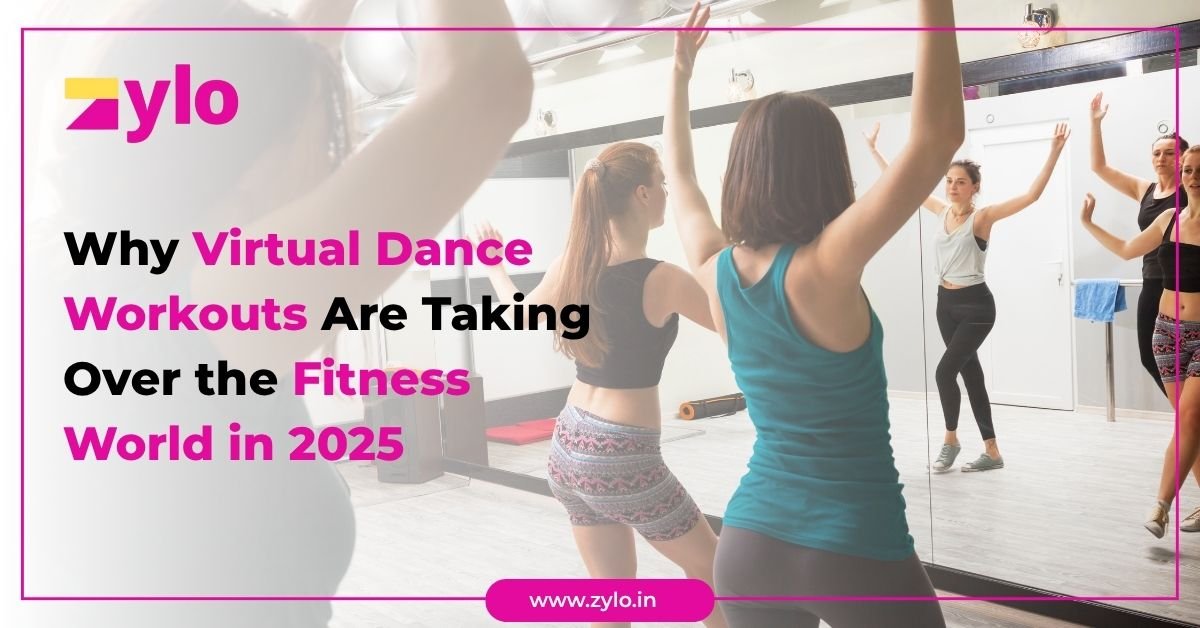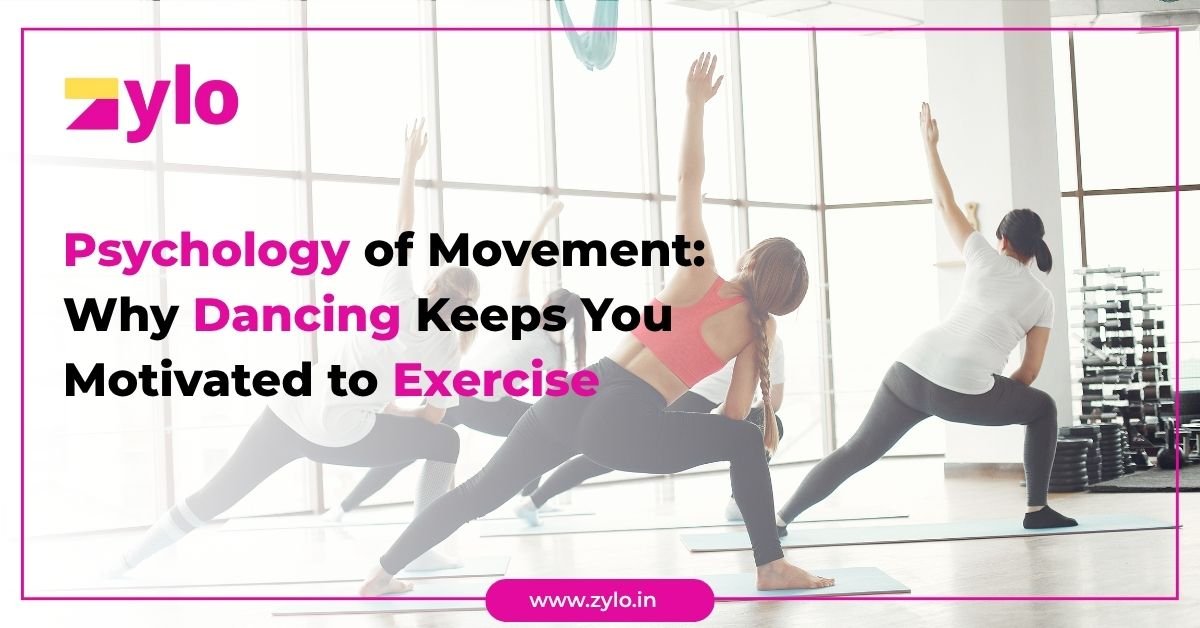In the evolving world of health and fitness, virtual dance workouts have emerged as one of the most dynamic, engaging, and effective trends. As people continue to embrace flexibility, convenience, and fun in their fitness routines, dance-based workouts—especially those offered virtually—have taken centre stage in 2025.
But what exactly is driving this massive shift? Why are more people leaving traditional gyms behind to dance their way to fitness at home? Let’s dive into the reasons why virtual dance workouts are taking over the fitness world this year.
1. Convenience Is King
Gone are the days of long commutes to the gym or waiting in line for machines. With virtual dance workouts, you can join a high-energy session right from your living room—whether it’s early morning before work or late at night when the kids are asleep.
- No travel time
- No fixed location
- Sessions available 24/7
This level of convenience has made fitness accessible to working professionals, students, stay-at-home parents, and even senior citizens who might struggle with commuting.
2. The Power of Rhythm & Movement
Dance-based workouts aren’t just about burning calories—they’re about moving joyfully. When you move your body to rhythm-packed music, your brain releases dopamine, the “feel-good” hormone. The result?
- Boosted mood
- Reduced stress and anxiety
- Higher motivation to keep going
No treadmill or dumbbell can match the mental refreshment that comes from a full-body dance session. And virtual platforms let you access these experiences anytime, from anywhere.
3. Personalized Programs at Your Fingertips
In 2025, virtual fitness platforms will be more advanced than ever. Whether you want to lose weight, tone up, build stamina, or have fun, there are customized dance programs for every goal and fitness level.
✅ Beginner-friendly, slow-paced sessions
✅ High-intensity routines for weight loss
✅ Dance styles from Bollywood to Latin to Hip-Hop
✅ Personalized calorie tracking and diet pairing
What used to require personal trainers or specialized classes at a studio is now available through a mobile app or a laptop.
4. Affordability Without Compromise
One of the major advantages of virtual fitness is cost efficiency. With traditional gyms or boutique dance studios, monthly memberships can be expensive, often ranging between ₹2,000–₹5,000 or more.
In comparison, virtual dance workout platforms often provide:
- Monthly plans start from ₹999
- Multi-month discounts
- Unlimited sessions
- Free trial recorded classes
Plus, there is no need to buy expensive gym gear. Just a yoga mat and your favourite pair of shoes—and you’re ready to sweat it out.
5. Strong Sense of Community – Even Virtually
You might think joining a virtual class feels “lonely,” but 2025 has seen a massive rise in interactive virtual group sessions. With platforms offering live classes, real-time chat, and community leaderboards, participants feel more connected and encouraged than ever before.
People form bonds, celebrate milestones, and motivate each other, even when miles apart. The energy of live online Zumba classes India, can now be felt through a laptop screen.
6. Inclusivity: Dance for Every Body
Whether you’re 18 or 60, slim or curvy, athletic, or a total beginner, virtual dance workouts welcome every body type and every fitness level. Many platforms now offer inclusive instruction, including:
- Low-impact variations
- Seated dance workouts
- Sessions for postnatal moms
- Special programs for PCOS, thyroid, and hormonal health
This inclusiveness has played a big role in making dance workouts more mainstream and empowering.
7. Tech-Driven Engagement & Gamification
Fitness in 2025 is no longer just about sweat—it’s about data and engagement. Many virtual platforms use AI, smart trackers, and gamification tools to keep users hooked.
You get:
- Daily streak challenges
- Achievement badges
- Real-time calorie counters
- Weekly progress reports
- Sync with smartwatches and wearables
It turns fitness into a game—motivating users to keep showing up and pushing harder, day by day.
8. Perfect for Weight Loss & Body Toning
Many people still assume dancing is “just for fun,” but research (and thousands of client testimonials) prove otherwise. High-intensity dance sessions like Online Zumba Classes For Weight Loss or cardio fusion can burn 400–700 calories per hour while toning:
- Core and abs
- Arms and shoulders
- Glutes and thighs
Combined with a tailored diet plan, users report significant results within just 4–6 weeks—making dance workouts a serious contender in the weight loss category.
9. Women-Centric Fitness Movement
A major driving force behind the popularity of virtual dance workouts is the way they cater exceptionally well to women’s lifestyles.
From working professionals to homemakers, many women find traditional gym environments intimidating, time-consuming, or inconvenient. Virtual dance fitness removes these barriers, allowing them to:
- Work out at their own time
- Feel safe and confident
- Follow instructor-led, women-focused sessions
- Engage with female-only support communities
10. The Post-Pandemic Fitness Mindset Shift
After the COVID-19 pandemic, the global mindset around fitness permanently shifted. People realized that health is a priority—but so is flexibility, hygiene, and digital ease. Even in 2025, many prefer at-home workouts in overcrowded gyms.
Virtual dance workouts fit this new mindset perfectly by offering:
- Hygienic, home-based training
- Flexible class timings
- Affordable options
- A fun escape from daily routine stress
Final Thoughts: The Future Is Moving—and It’s Dancing
Virtual dance workouts are no longer just a trend—they’re a movement. With technology, personalization, and an ever-growing online community, they’ve transformed how people approach health and fitness.
Whether you’re a busy mom, a college student, or someone restarting your fitness journey at 40—virtual dance workouts offer a fun, effective, and empowering way to stay healthy in 2025 and beyond.
So put on your shoes, play your favourite beat, and let your living room become your dance floor. The fitness revolution isn’t coming—it’s already here, and it’s moving to the rhythm of dance.



